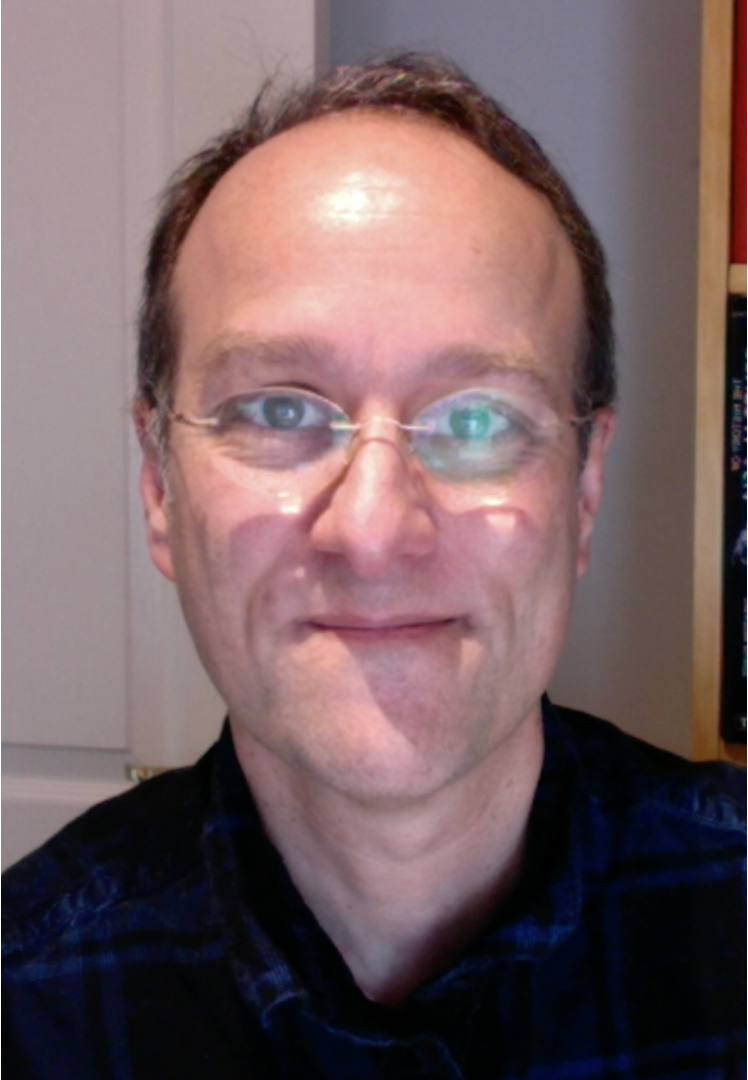Georgy Koentges is a pioneer of spatial transcriptomics. He developed the technique while he was a postdoc at Harvard which allows for microdissection of single cells from specific tissue locations for gene expression analysis. At the time, this involved the comparison of long and complex gene lists. Now, 20 years later, advancements in dimensionality reduction techniques have allowed researchers to look at lineages and molecular transitions through vector fields.
Koentges stressed the importance of understanding of the underlying processes of disease to develop effective intervention. He illustrated this with an example of gene expression in tongue tissue, where observing cell migration could lead to different inferences about cellular behaviour compared to static observations. This was likened to the clinician's challenge in predicting disease progression based on tissue sections, it is important to have time-course data to understand dynamic processes.
This idea was developed into lineage tracking in developing tissues, allowing for the real-time observation of clonal expansion and cell behaviour. Researchers can track the developmental trajectories of cell populations using recombinase-mediated lineage tracking to label specific cell populations. Advanced imaging techniques can be used to track hundreds of thousands of cells over time. This reveals previously hidden patterns of migration and behaviour.
The results show significant migration within epithelial layers, challenging traditional views that suggest limited movement in these tissues. Koentges presented data indicating that cell density affects migration speed, revealing complex dynamics that could inform therapeutic strategies in cancer treatment. He discusses the presence of "trailblazer cells" that can migrate rapidly across tissues, which may have distinct molecular signatures associated with their movement.
Koentges sees a future where the integration of spatial transcriptomics with live imaging will map cellular behaviours and their molecular underpinnings in real-time. This could lead to innovative therapeutic approaches targeting specific cell populations based on their migratory patterns and transcriptional profiles. He ended by praising the collaborative research efforts which have pushed our understanding of disease mechanisms forward.





